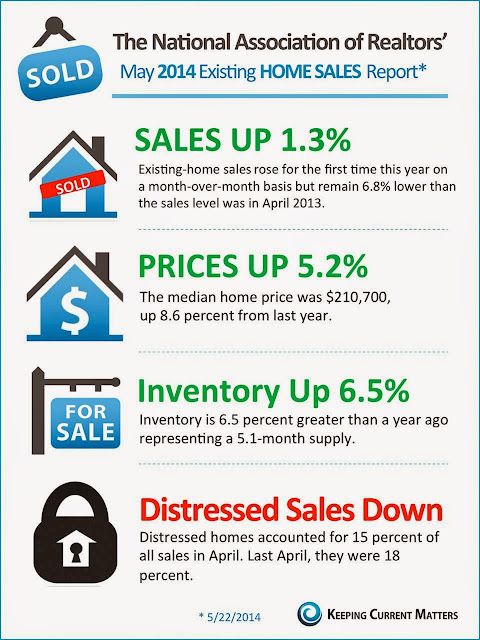"America is synonymous with big business and the success of neighborhood is highly relevant to small economies. Small economies with many small enterprises, would obviously make an ideal answer for an excellent neighborhood....
I have lived in several cities in the U.S. and abroad, but the best for neighborhoods that I have found is definitely Seattle. Its neighborhoods are walkable and center around shopping streets that are seldom more than a few blocks from where most people live. This tends to be more characteristic of the middle class neighborhoods than working class neighborhoods in the southern part of the city, but in most parts of town it is easy to live without a car. Developers and city planners would do well to follow Seattle's example.....
Our most recent Streetfilm on The Better Block has been an enormous hit. Watch them celebrate their 4th anniversary with innovative crosswalks, music, art and pop=up shops! https://vimeo.com/95573182 ....
The most effective change is from the ground up. I remember years ago as a graduate student working in Bushwick, the pride some local residents showed in a vest pocket park they built with their own hands -- at a time when NYC had no money to support this kind of work....
Great article. This seems like a real trend in America - medium size cities like Memphis becoming much more walkable, more lively, more desirable. The next generation has little interest in car ownership because they realize the obvious: your quality of life is far, far better when you live in a place where you don't need a car. The number of those places is only going to keep growing.....
A wonderful idea! When I was a Civic Club President in a neighborhood near Sharpstown in Houston, a bunch of us brought telescopes out to a vacant lot. We set them up and kids could look at the moon and stars. It was a great event and, counting snacks, we pulled it off for less than $50.....
Surprised the author didn't provide a list of resources or links to more placemaking organizations who are a catalyst and support for exactly these types of initiatives, such as Build a Better Block, http://betterblock.org/ Parking Day, http://parkingday.org/, and Projects for Public Spaces, http://www.pps.org/, among many, many others......
Did anyone else notice the actions are non partisan? I strongly suspect that the groups have members of all parties that reach compromises as well. The problem is the inherent threat it poses to elected partisan politicians whose power is being challenged. Too bad local residents don't try to use the same methods to influence the governance and instead fall back on political bickering. It is one reason I enjoy our small rural community. Local projects of all kinds are completed by people who leave their politics at the door....
he people who participate can create an ambiance in which with a minimum of effort or monies transform dysfuntion areas into a viable and productive community. Youthful passion can either be posiive or negative; destructive or can create a viable attitude which helps most get out of these tragic circumstances. This could lead to a change to positve cultural values. Why not ry these approaches where possible?.....
These are all good points, but if cities weren't plagued by such unattractive education options (lousy/mediocre public schools vs astronomically expensive private schools), then I wonder if many people would want to live in the suburbs in the first place."





